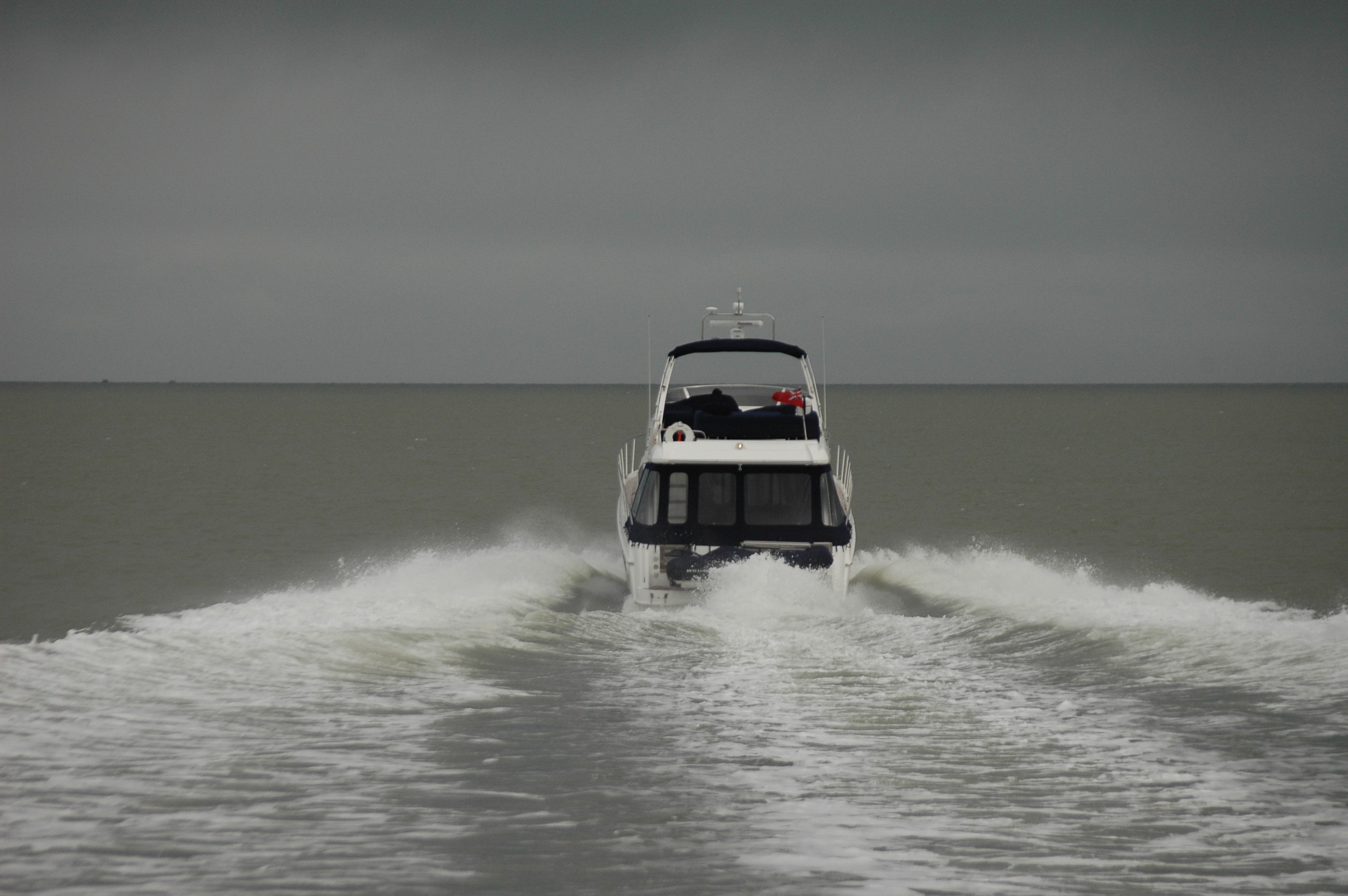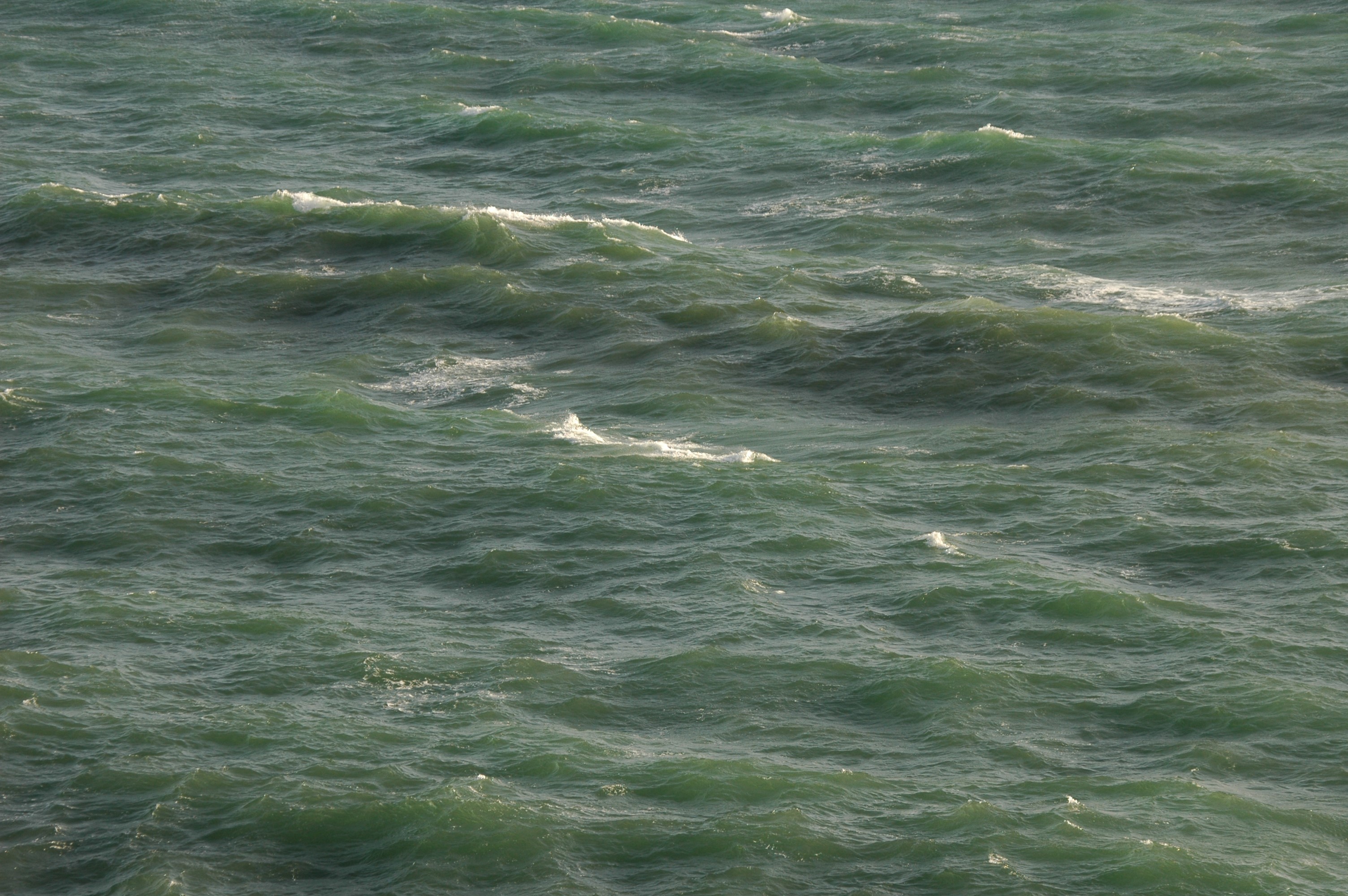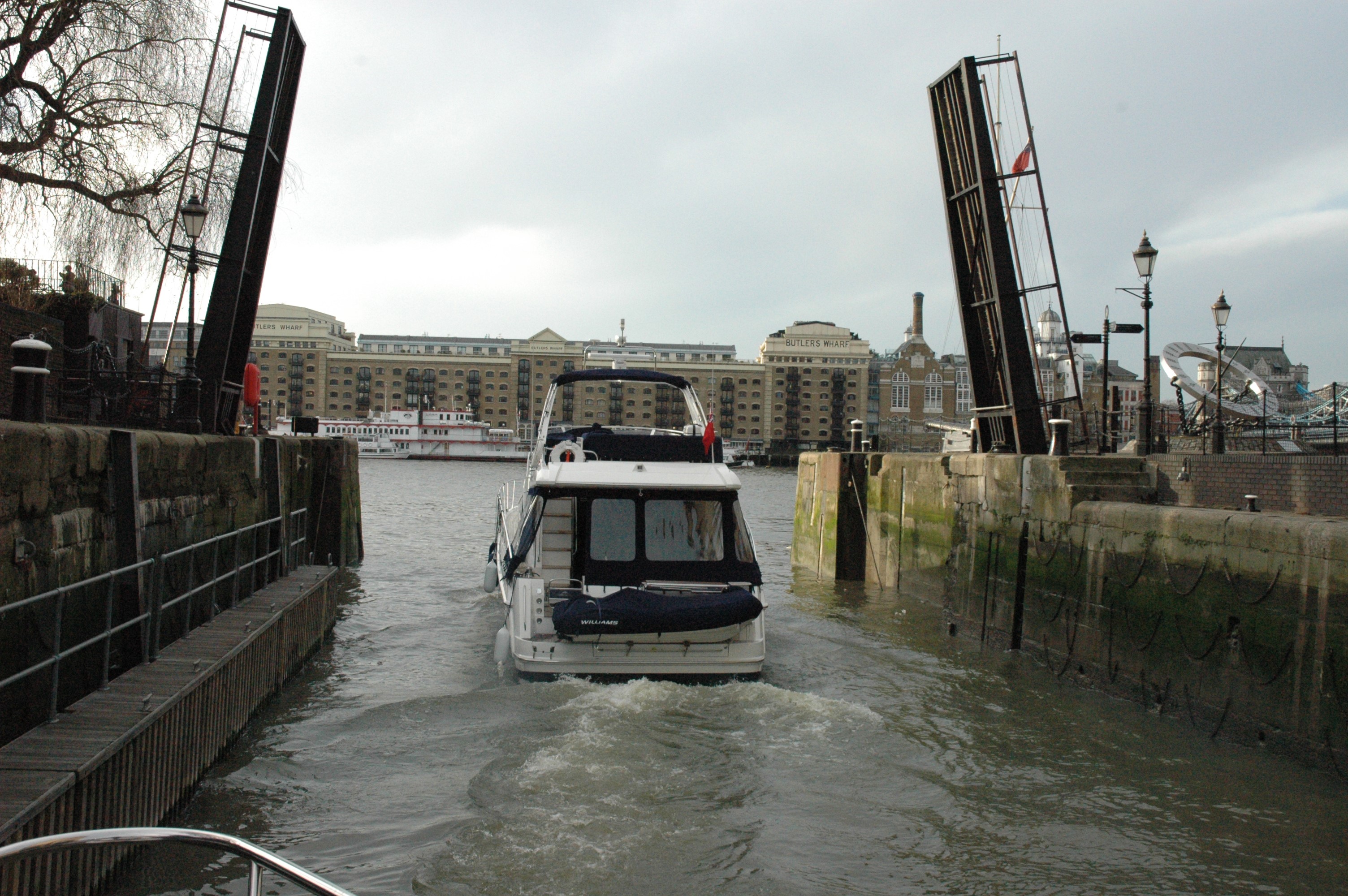Forecasting Sea Conditions
By Dag Pike
Plan Accordingly
When you are setting out to make a passage, you will obviously be focused on the route that you plan to take to ensure that it will be safe. Take into account all of the potential navigation dangers. You will also be getting a weather forecast to ensure that the weather conditions on the proposed passage will be okay and that there are no nasty surprises in store. This is all part of the passage planning that you are obliged to undertake to try and ensure that you will have a safe and enjoyable voyage. However, there is one thing missing in this planning that could directly affect how much enjoyment and indeed how safe the voyage will be and that is what will the sea conditions be like.
The weather forecast will tell you what the expected winds will be along your chosen route and in a sailboat that can be important. Under power, you are less concerned about the wind itself but much more concerned about what the sea conditions will be like because it is the waves that can affect both the level of comfort you find on your journey, the sort of progress that you can expect to make and most important of all the level of safety and security. Some weather forecasts will give you some idea of the sea conditions that you might expect and give a sort of expected wave height but that will be the wave height that can be expected from the prevailing wind strength, a sort of average figure that could hide some nasty sea conditions along parts of the route and you need to make a deeper analysis of the sea conditions for safety.
The wind, the waves, the Beaufort Scale
We all know about the Beaufort Wind Scale that aims to give you some idea of the sea conditions that you can expect in certain strengths of wind. The Scale is a great guide but as with forecasts, it cannot go into the level of detail that you need to make a realistic assessment of the sea conditions. That is up to you and you need a knowledge of the factors that can affect the waves particularly in inshore waters. Experience will tell you what type of seas you might expect from a certain wind strength but there can be localized areas where the seas can get worse than the weather forecasts suggest and identifying these can be critical to making a safe and comfortable passage.
There are three main influences that can cause sea conditions to deteriorate beyond the average, some local winds, the depth of water and the tides or currents. As far as winds are concerned, there can be local areas where the wind strength will increase over what the forecast suggests. Of course, the stronger the winds, the bigger the waves in most cases. This increase in wind strength can occur when the wind is funneled through narrow channels such as between an island and the mainland. Here, not only will the wind possible change direction but there can be a significant increase in wind speed due to the channeling effect. It is not unusual to find that in these narrow channels you can get some very short steep waves that can make life uncomfortable. You can also find these increased wind speeds around high headlands and many headland areas are notable for their local areas of rough seas and possibly breaking waves.
As far as tides and currents are concerned, rougher seas can be expected. When the wind is blowing against the direction of the tide or current, try to identify areas where the wind will be flowing against the tide. Just like the wind, the tide or current will also be stronger where it is forced through narrow channels and around headlands. In these areas, you may encounter tidal races, localized areas of steep breaking waves particularly when the wind is blowing in the opposite direction against the tide or current. The chart will often identify the worst of these potential conditions where they persist in many different combinations of wind or tide but in other areas, it is up to you to analyze the effects of wind, tide and currents on the sea conditions.
Celerity
What makes for uncomfortable sea conditions is not always the height of the waves but the wave period - how close the wave crests are together. If the waves are closer together, then the wave gradient gets steeper. These can be harsh conditions for a planing powerboat to cope with as there is much less time to recover from one wave encounter before the next one comes along. When the wind is against the tide or current, this slows the waves down, which brings the wave crests closer together generating steeper waves. When the wind and tide or current are flowing in the same direction, the seas level out with longer distances between the wave crests, and the improvement in the ride comfort can be notable. Try to plan your voyage so that you are passing through areas where you can expect this adverse condition.
Beware O’ the Shallows
Shallow water can play its part in how the sea conditions develop. You only have to look at the waves on a beach to see the wave's crest not only rise up when encountering shallow water but the shallows also encourage the waves to rise up. So, you have this combination of short steep waves that leads to uncomfortable boat motions. You often get these shallows around headlands. Combined with the increases in wind strength and current strength that can occur, you have the recipe for some pretty uncomfortable conditions.
There really aren't any rules...
There are no hard and fast rules that will enable you to predict the sea conditions accurately, which is why you do not get accurate forecasts of wave conditions. However, if you follow the basic rules that the wind against the tide or current and shallow waters will produce shorter, rougher seas, then you should be able to picture the flow patterns of wind and tide. You should also be able to see where they might conflict along your chosen route. With this information, you might feel that you want to adjust the route you are planning to avoid possible areas of conflict. Predicting the conditions is one thing, but avoiding them is another. You may want to deviate from the direct route in the interests of finding a smoother passage. The main way of doing this is likely to set the course further offshore where there are likely to be fewer confliction influences at work. You should be rewarded with a smoother ride, which might allow you to increase the speed and so compensate for the increased distance to be traveled.



